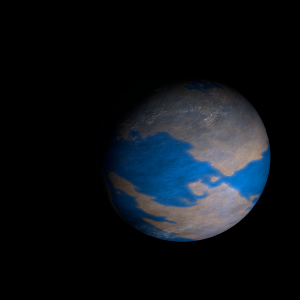|
|
Space Astro
|
Info for exoplanet "Totungr Hali"
| Scientific (actual) data |
|---|
| Name | Kepler-809 b |
| Planet status | Confirmed |
| Radius | 0.269 |
| Orbital period | 55.6393 |
| Discovered | 2016 |
| Updated | 2021-02-05 |
| Tconj | 2455020 |
| Publication | Announced on a website |
| Detection type | Primary Transit |
| Alternate names | 2MASS J19162007+4801052 b, K01302.01, KIC 10724369 b, KOI-1302 b, KOI-1302.01, WISE J191620.07+480105.0 b |
| Star name | Kepler-809 |
| Right ascension | 289.08° |
| Declination | 48.02° |
| Mag j | 13.557 |
| Mag h | 13.237 |
| Mag k | 13.195 |
| Star distance | 933 |
| Star metallicity | 0.04 |
| Star mass | 0.99 |
| Star radius | 0.98 |
| Star age | 4.37 |
| Star temperature | 5734 |
| Star alternate names | 2MASS J19162007+4801052, KIC 10724369, KOI-1302, WISE J191620.07+480105.0 |
| Wikipedia article | Kepler-809 b |
Back
| |
| Fictional info (?) |
|---|
| Suggested name | Totungr Hali |
| Planet type | Cold planet |
| It has the longest rotation period (445 days) of any planet in its solar system and rotates in the opposite direction to most other planets.
The xenon has probably photodissociated, and the free formaldehyde has been swept into interplanetary space by the solar wind because of the lack of a hydrogen chloride layer. |
| Atmosphere | Formaldehyde | 60% |
| 2H2O | 38% |
| Xenon | 1.1% |
| Hydrogen chloride | 0.056% |
| Nitric oxide | 0.029% |
| Atmospheric pressure | 16 bar |
 |
| Moon | Eusyco | Very small slightly egg-shaped rocky moon |
| Google search for Totungr hali |
|
Website by Joachim Michaelis
|
|
|
|